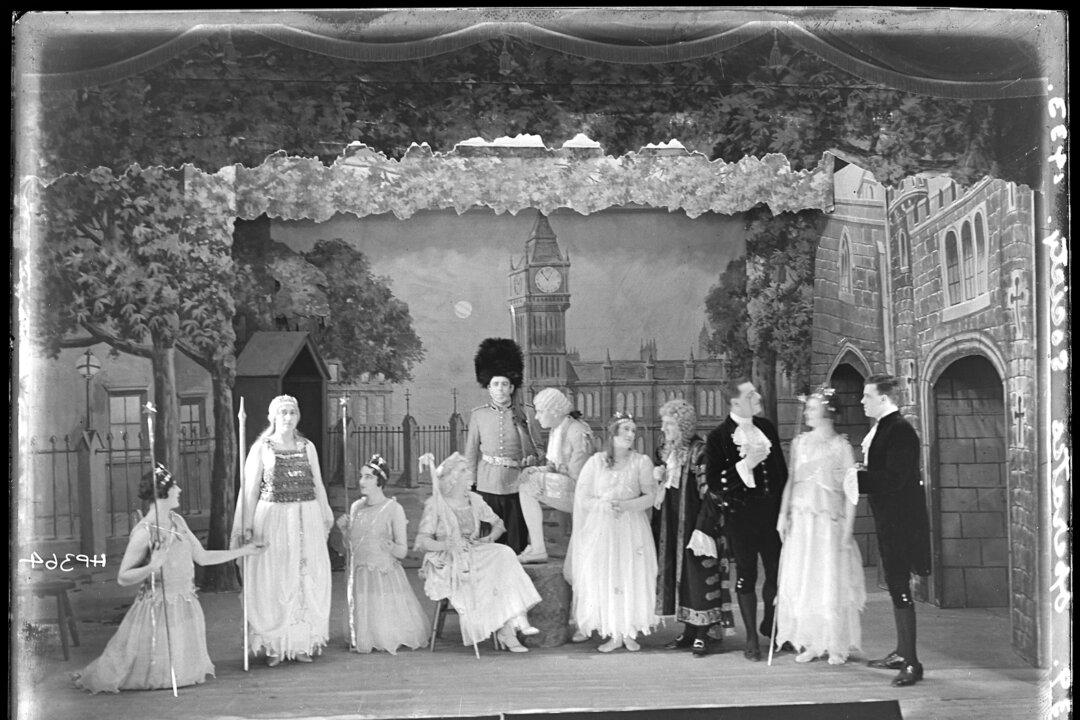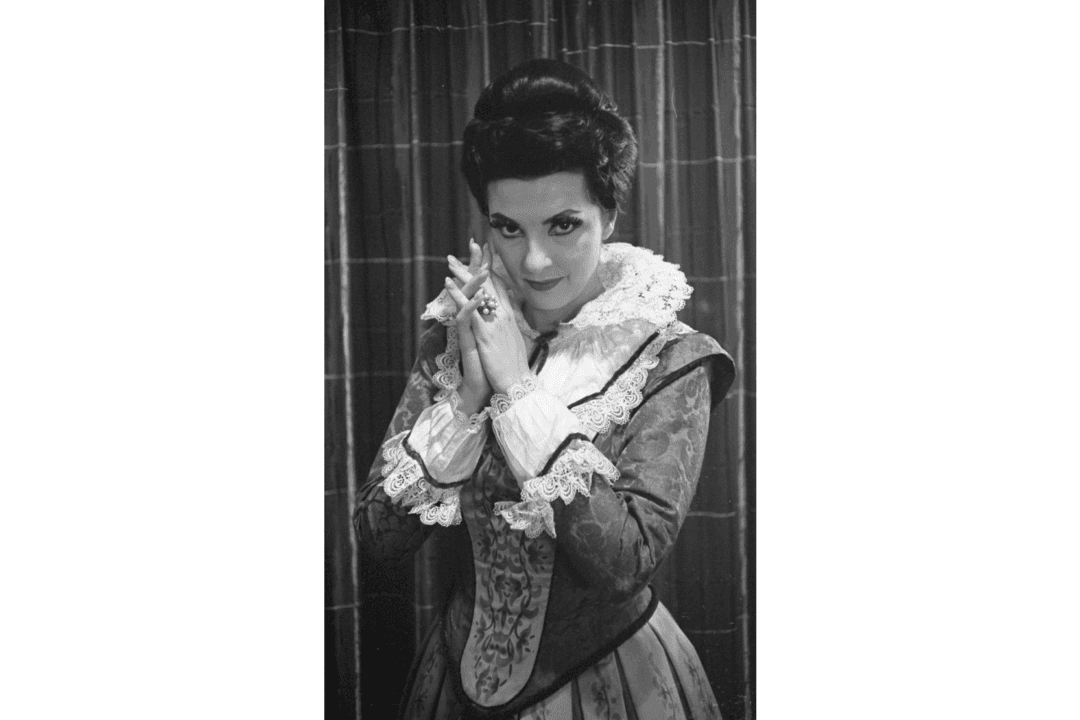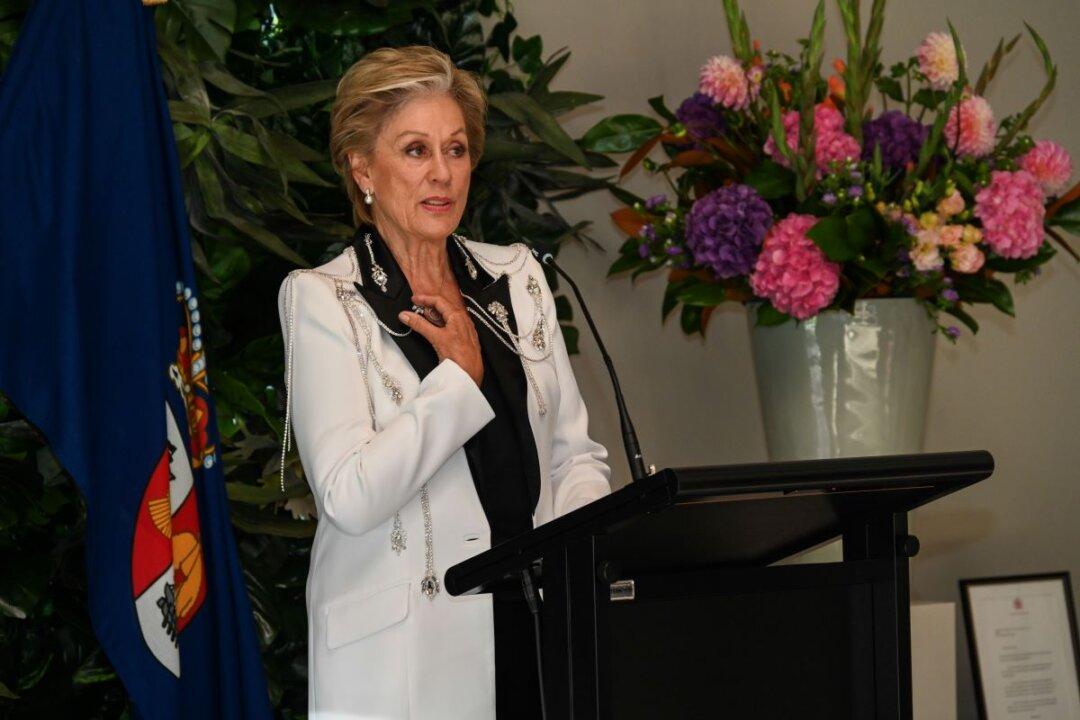Opera costumes are likely the second reason fans love the art form. Fabulous singing is why they happily purchase the ticket, but opera is an art that includes many art forms: orchestral music, ballet, and stunningly painted and beautifully crafted sets. It has something for everyone. Right up there in second place is costuming; it that can range from fabulous to shocking and everything in between.

Over $100,000 were spent on accessories and costumes. Abbott’s audiences looked forward to the sumptuous gowns, according to Martin. “Many of her dresses were embroidered in gold and silver thread, others had yards upon yards of heavily jeweled garniture, with beads and buttons of real gold plate,” she said. Abbott purchased the most elegant fabrics that European looms had to offer.
Sublime and opulent to a physically challenging degree describes the costume that soprano superstar Leontyne Price wore in the Metropolitan Opera’s 1966 world premiere of Samuel Barber’s “Antony and Cleopatra.” The extravaganza was also the inaugural performance in the Met’s new opera house, and included live horses, goats, and a camel, in addition to lavish costumes. But not everyone was impressed.

Another stunning Benois creation was Callas’s costume for a 1956 production of “Fedora” by Umberto Giordano. Ivory and gold brocade with a center panel embroidered with geometric designs was adorned with glass and crystal beads.
‘Turandot’
The gorgeous and fantastical headpieces for “Turandot,” the soprano in the title role of Giacomo Puccini’s final opera, are worthy of a room in a museum. The Museo del Tessuto (textile museum) in Prato, Italy, thought so, too. An exhibition entitled, “Turandot and the Fantastic East by Puccini, Chini and Caramba” displayed the headpiece and, “a nucleus of costumes and stage jewels dating back to the world premiere of Puccini’s ’Turandot,'” according to the publication “Finestre sull’Arte.”Long, white plume-like feathers fan out behind round, ornate, silver medallions topped with silver butterfly pins, and all are attached to a silver headband.Cecil Beaton created Soprano Birgit Nilsson’s 1961 Metropolitan Opera “Turandot” head piece. It had beaded, bejeweled golden rods fanning out from her head with dangles ending in golden drops. The bloodred, gold-embroidered robe completed the stunning vision.

“Ridiculous” is an apt description of the human-sized, purple, plastic egg-suit that mezzo soprano Marilyn Horne had to wear for her La Scala debut. She sang the role of Jocasta in Igor Stravinsky’s “Oedipus Rex,” and remembered in her book, “Marilyn Horne, My Life” that “The motif of the entire production was eggs. Jocasta was literally encased in a purple plastic egg.”
She recalled her misery, “Surrounded by this plastic case, with only my head visible, I had no choice but to be static.” Unable to move her arms and legs, she was also rendered deaf by the covering.
“When conductor Claudio Abbado stopped me in the middle of one solo and said, ‘Can’t you hear what your music is?’ I rolled down to the front of the stage and answered, ‘My music? I can’t hear what this opera is!’” That problem was solved, and she received favorable reviews, but said of the stifling apparatus, “Things got so hot, I almost hatched!”

The thrill is in viewing the creativity. Whether the costumes are divine or dismal, as long as the singing is sublime, true opera fans love it all.







